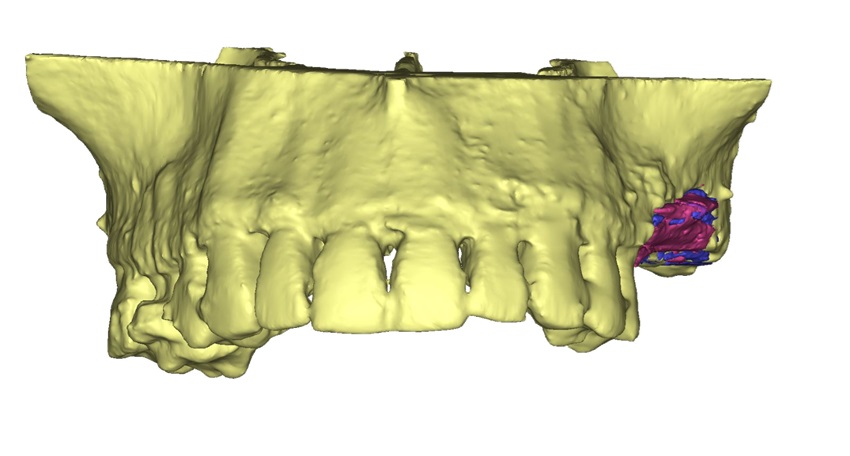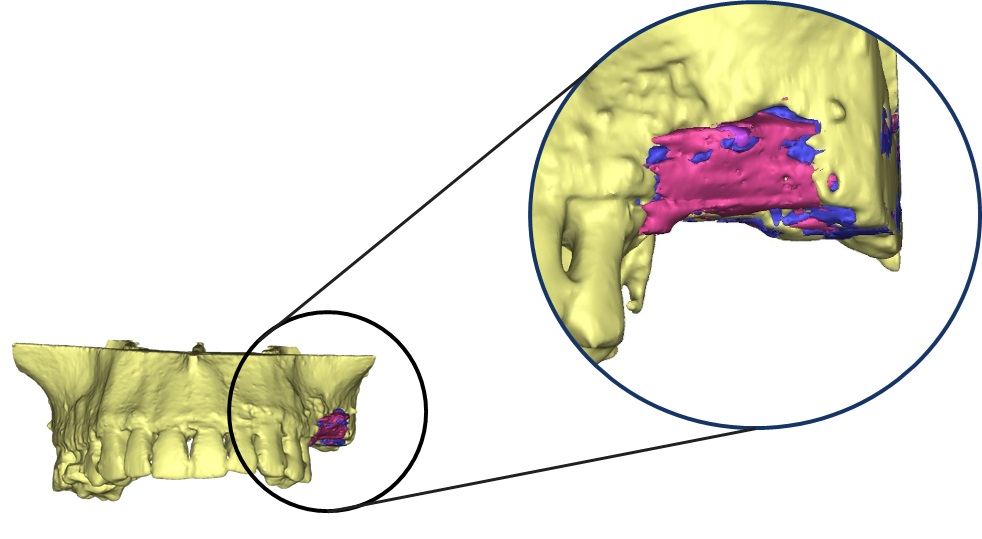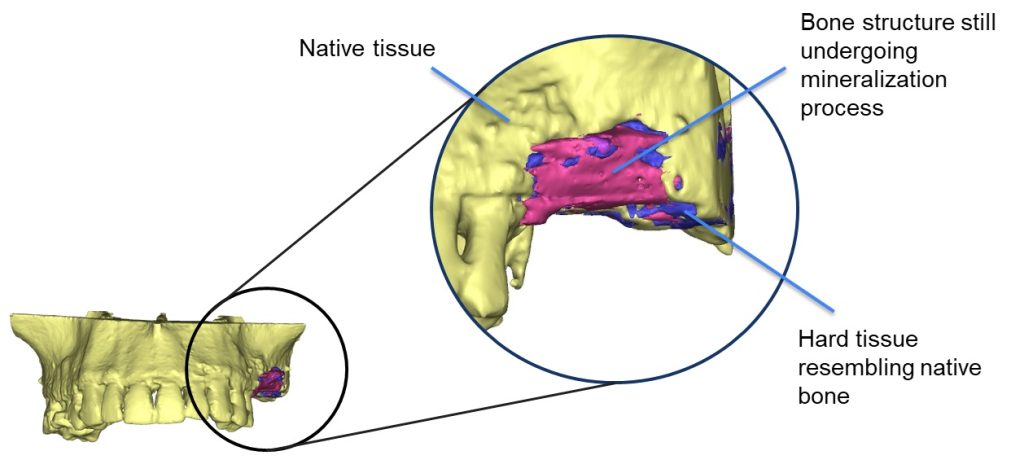NovaOss
About the product
We develop and implement innovative technological solutions based on biomaterials for the pharmaceutical, medical, and cosmetics industries.
We specialize in chitosan and microcrystalline chitosan.
We cooperate with scientists who have studied chitosan and its processing technologies in detail for many years.
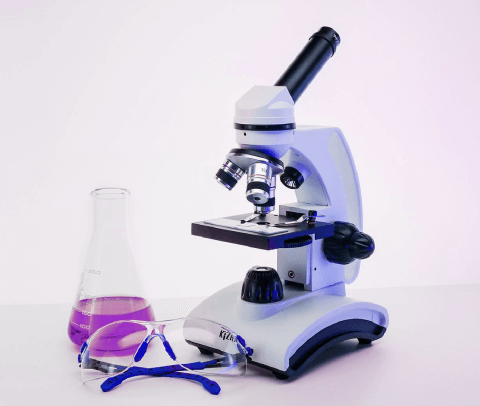
We are involved in
Implementation of 3D printing technology using biomaterials for implantology applications.
Development of a complete series of medical devices and regenerative dermocosmetics with chitosan for the effective treatment of civilization diseases such as androgenetic alopecia.
Implementation of technology for the processing of chitosan into multifunctional hydrogels of high purity (including thermosensitive), which are used in medicine (implants, dressings, drug carriers) and in specialized microbiological applications.
WHAT IS CHITOSAN MICROCRYSTALLINE?
Chitosan is a biopolymer with unique properties, whose potential for specialized applications is very broad.
This biopolymer exhibits antibacterial activity against gram-positive and gram-negative bacterial strains, which has been proven in studies on many strains of bacteria, fungi and yeast.
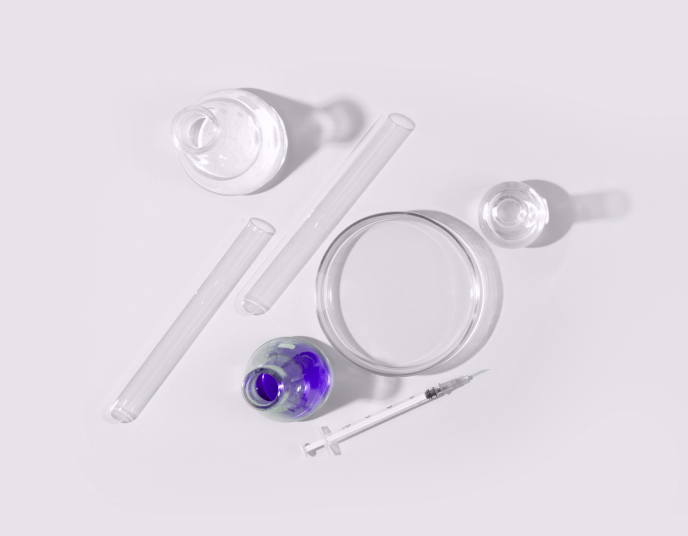

In addition, it has the following properties: biocompatibility, ability to activate macrophages and neutrophils, stimulation of cellular activity, uptake of growth factors, stimulation of cytokine production, promotion of angiogenesis processes and hydrophilicity.
Chitosan exhibits biocompatibility, has been approved by the Food and Drug Administration (FDA) for use in dressings for hard-to-heal wounds, and is a suitable material for constructing bioscaffolds used for the reconstruction of human organs and tissues.

Experiment plan: the thermosensitive, multiphase hydrogel („NovaOss”) to restore the bone volume for implant-prosthetic reconstruction – a dressing and bone forming formulation.
Reasoning: chronic inflammation in the 26 and 27 teeth resulting in unpredictable progressive bone resorption.
Injectable chitosan-based formulation modified with hydroxyapatite and/or polylactide particles in amounts ranging from 10 to 30%, depending on the patient needs.
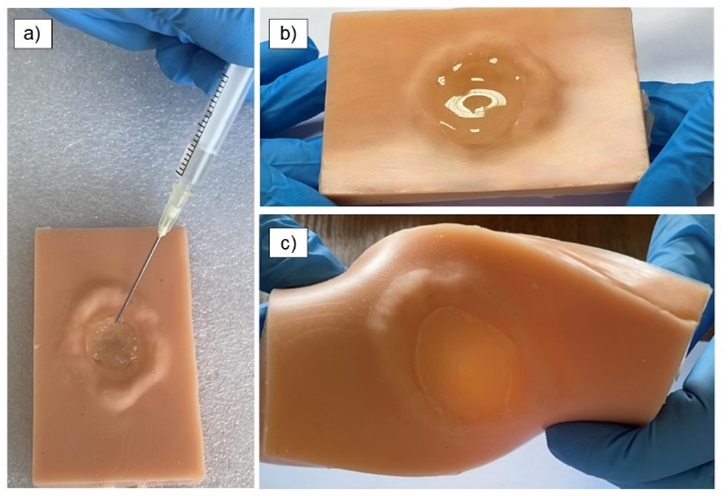
Photographs of the hydrogel during application on a silicon wound phantom (a), immediately after application (sol form) (b), and after incubation at 37°C for 3h (gel form) (c).
CHRONOLOGICAL PROGRESS OF THE EXPERIMENT (PHOTOS)
Image of the wound after extraction of the teeth no. 26 and 27
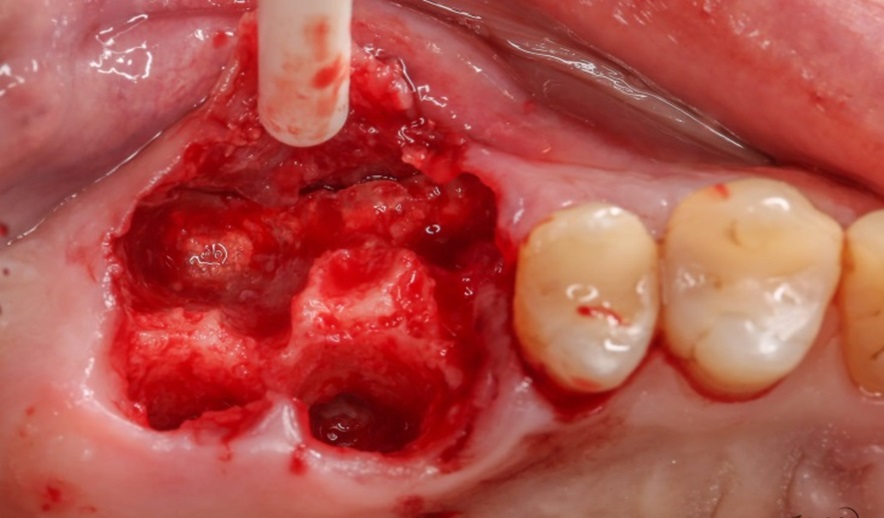
NovaOss application
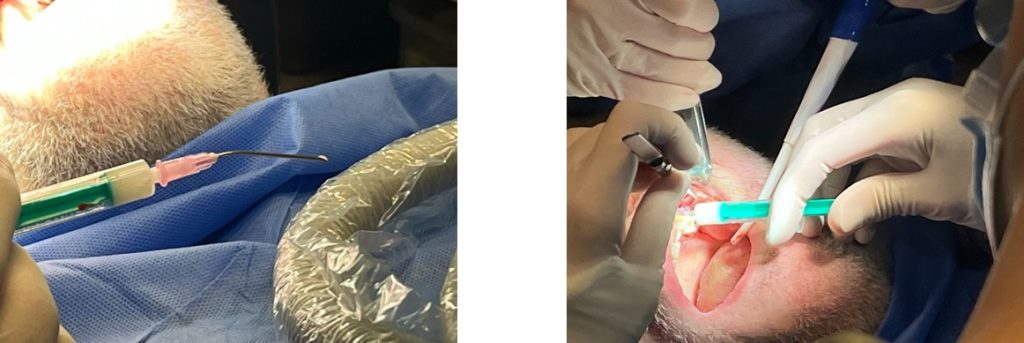
NovaOss directly after application
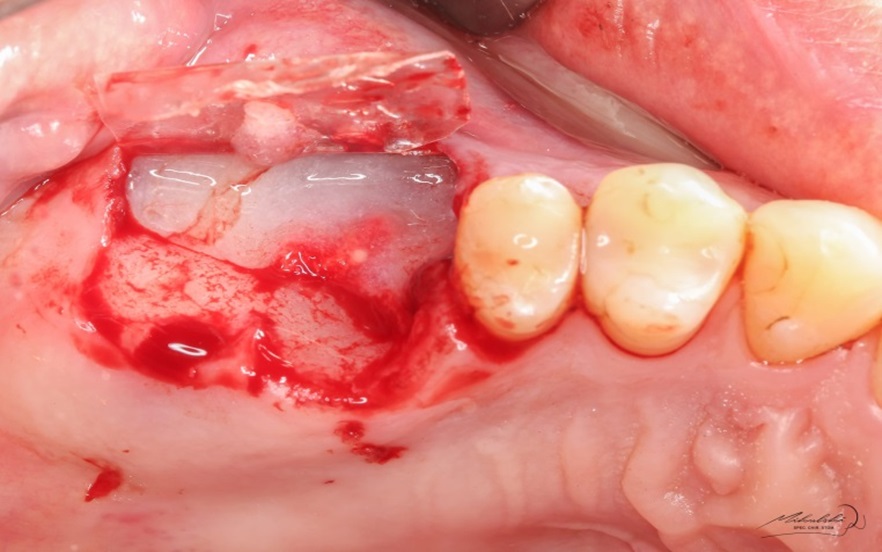
NovaOss implantation site after suturing
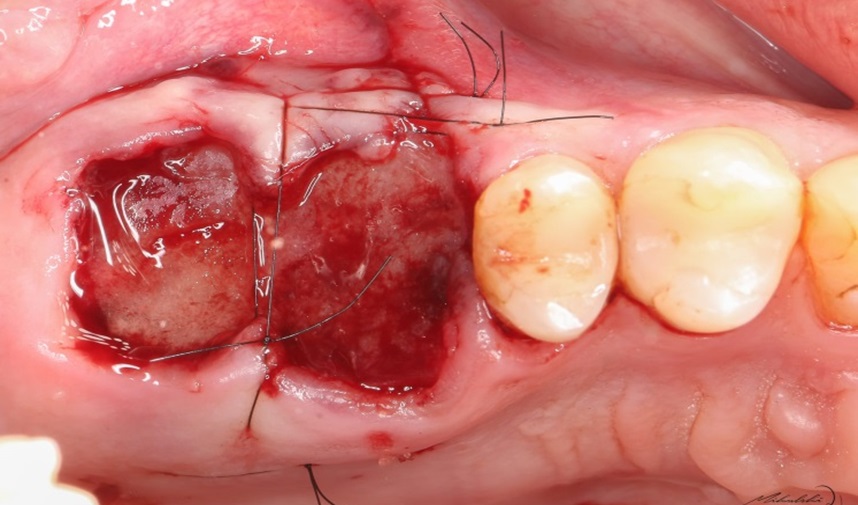
Wound healing process (5 days after surgery)
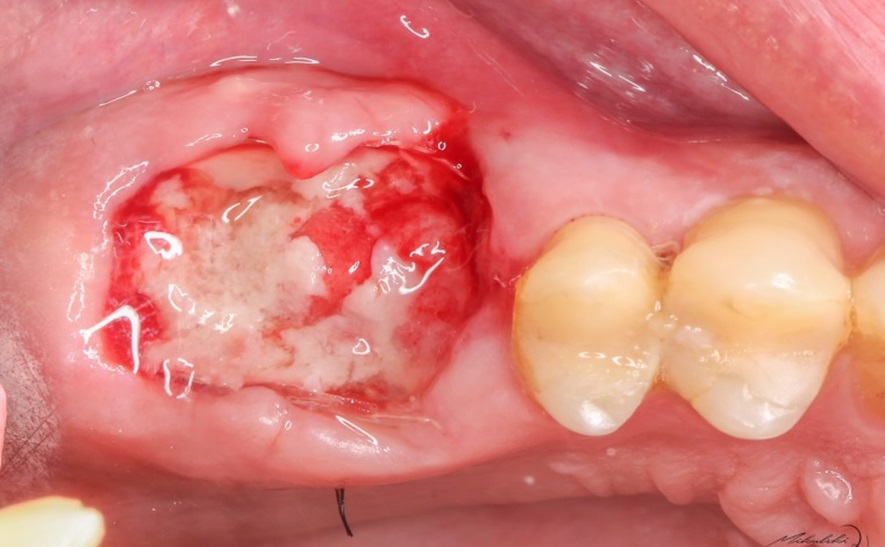
Wound healing process (40 days after surgery)
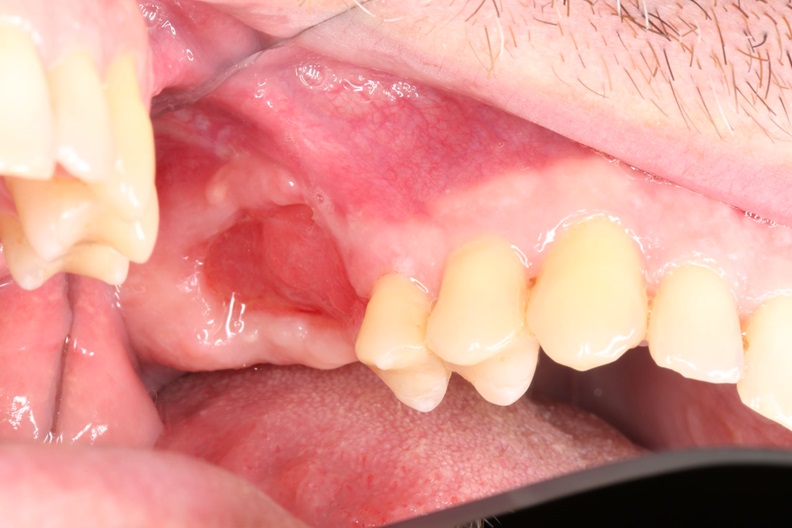
The visualization made on the basis of the patient’s CT scan 6 months after the application of the hydrogel
